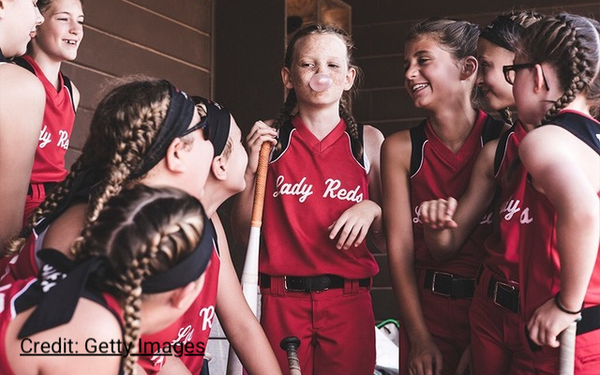
Between amber waves of grain, rusted-out gas stations, and
all-white families, rural America rarely gets a fair shot in marketing imagery. Land O’Lakes and Getty Images think it’s time for a clearer view.
The
farmer-owned cooperative has teamed up with Getty Images to launch Repicturing Rural, a new playbook and visual library designed to help brands, media outlets, and agencies move beyond the
clichés—tractors, barns, sunsets, and weathered men in denim—that have long dominated depictions of life outside the coasts.
The project,
built on data from Getty’s VisualGPS platform and YouGov research, is part of Land O’Lakes’ Modern Rural Collective, a coalition of marketers and storytellers working to reframe how
the rest of the country sees—and values—rural communities.
advertisement
advertisement
“Rural communities are at the heart of what we do,” says Heather Malenshek,
CMO at Land O’Lakes. “We’re a farmer-owned cooperative, and everything we do is rooted in those communities and the members we serve. We want the people we represent to feel seen,
heard and valued. This is about giving others the tools to do the same.”
Those tools include a detailed playbook and a curated collection of photos and
videos meant to fill glaring gaps in how rural life is visually portrayed. Getty’s audit of 150,000 of its most-downloaded U.S. visuals found that only 5% are set in rural locations, while urban
scenes appear four times more often. Of those few rural images, fewer than one in 10 include animals, even though livestock operations account for more than half of U.S. farmland, and less than 1%
show healthcare settings.
“When it comes to advertising and marketing, the visuals that do focus on rural places oftentimes do not represent the
complexity and diversity inherent to these communities,” says Tristen Norman, Getty’s head of creative for the Americas. “Through this initiative, we are empowering those people who
shape our visual culture—media outlets, publishers, brands and ad agencies—to use visuals that reflect the richness of rural life today in ways that paint a more accurate picture while
meaningfully connecting with communities.”
Norman says the collaboration evolved naturally from Getty’s inclusion work. “We’ve been
doing various partnerships to authentically represent, often under-represented or misrepresented communities,” she says, including LGBTQIA+ folks and people with disabilities. “When the
Land O’Lakes team came to us last spring, this felt like such a natural evolution of this work.”
The YouGov data underscores that need: two-thirds
of rural Americans say advertisers don’t understand them, compared to just a third of city dwellers. Nearly as many—66%—say Hollywood presents a stereotyped view of rural life.
Malenshek, for example, says she was struck by how rarely young adults appear in rural imagery. “In urban settings, Gen Z shows up with friends, using
technology, doing fun things, but that’s not true in rural images. But the reality is that young people are everywhere in rural America, often building their own businesses because they want to
stay. That’s why there’s more entrepreneurship in rural places.”
Norman adds that rural life is often flattened into landscapes. “We
never see what people’s interior lives look like—the day-to-day life of eating meals, doing hobbies, being with friends.”
The new visual
library, available through Getty Images, Unsplash, and the Modern Rural Collective’s website, includes fresh commissioned photography alongside existing stock content that more accurately
captures modern rural realities—young people launching startups, women managing farms, multicultural families, and everyday community life.
Malenshek
emphasizes that the effort isn’t about branding Land O’Lakes itself. “This isn’t the Land O’Lakes project—it’s the Modern Rural Collective,” she says.
“We’re convening people who can have real impact and scale, providing the tools and insights for others to tell these stories on their own. We’re not just trying to admire the
problem. We’re trying to take action.”
Norman hopes that action will ripple outward, sparking
conversations, more engagement with content, and ultimately, a more balanced picture of America’s rich rural life. “Right now, so few of the images downloaded are rural,” she says.
“We want to move that needle.”